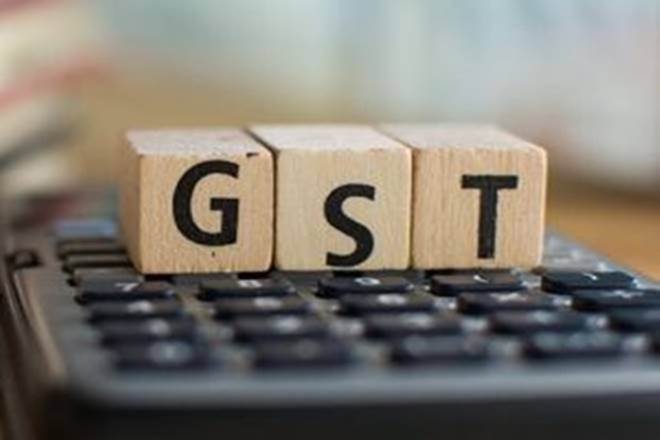Goods and Services Tax (GST): It is a tax that India imposes on the supply of specific products and services. GST is an indirect tax. The Goods and Services Tax Act was implemented in 2017 to replace a variety of previous indirect taxes, such as the Value Added Tax (VAT), service tax, purchase tax, excise duty, and others.
GST Registration limit in India: The registration threshold limit for GST has been increased to Rs 40 lakhs. Now, all businesses with a turnover of more than Rs 40 lakhs will be required to obtain a GST registration. Earlier, the limit was Rs 20 lakhs.
Read More: Will Google see layoffs too? A meeting with CEO Sundar Pichai leaves employees worried
Documents required for GST registration:
- Aadhaar card
- PAN card
- Address and ID proofs of owners, promoters with passport size photographs
- Bank details (bank statements, passbook, or canceled cheques)
- Supporting address proof of the place of business
- Business incorporation proof or registration certificate
- Digital signature
- Authorised signatory letter of authorisation
How to apply for online GST registration: A step-by-step guide:
1) Visit the official GST portal (gst.gov.in)
2) Click on the ‘Register Now’ option under the ‘Taxpayers’ tab.
3) Select the option ‘New Registration’.
4) Fill in the necessary details like name of the business, PAN details, email ID and mobile number.
5) Enter the Captcha and proceed.
6) Enter the OTP received on your mobile number as well as email ID.
7) The page will show you a numerical figure called Temporary Reference Number (TRN). Note TRN for future reference.
8) Now visit the GST service portal again and click on ‘Register’ under ‘Taxpayers’ menu.
9) Select TRN
10) Enter the TRN and the captcha.
11) Click on ‘Proceed’ and you will get an OTP again.
12) Enter this OTP and click on ‘Proceed’
13) The status of your GST registration online application will be shown. On the right-hand side, you will see an ‘Edit’ icon’, click on it.
14) Fill in the necessary details and attach the scanned copy of the documents.
15) Click on the page that says ‘Verification’, after which you will have to check the declaration.
16) Add your digital signature.
17) A success message will show up on the screen and you will be provided with an Application Reference Number (ARN).
18) You can check the status of the ARN on the portal.
Read More: Senior Citizens Above 65 Years of Age Can Now Invest in National Pension Scheme
Frequently Asked Questions (FAQs):
1) Who should register for GST?
According to the Goods and Services Tax Act, 2017, any business venture with a turnover of Rs. 40 lakh and above must register for GST. Businesses with a turnover of more than Rs 40 Lakhs. However, for Himachal Pradesh, Uttarakhand, Jammu & Kashmir including the north-eastern states, the turnover has to be Rs 10 Lakhs.
2) What is the GST registration limit for restaurant/services/jewelry/traders?
In most states, restaurants, with a revenue of more than Rs 20 lakh, would be required to register for GST. If the annual aggregate revenue of a restaurant in a special category state exceeds Rs 10 lakhs, the restaurant must register for GST. Similarly, it is applicable to manufacturers, traders, and service providers. GST is applicable if the aggregate turnover of a business exceeds the threshold limit. Once the business registers under GST, it must charge GST on the sale of goods or services.
3) How many types of GST registration are there?
A) Normal Taxpayer – This specific category of GST registration applies to taxpayers operating a business in India. B) Composition Taxpayer – To register as a Composition Taxpayer, the individual should enroll under GST Composition Scheme. C) Casual Taxable Person. D) Non-Resident Taxable Person.
4) Can I do business without GST?
No business entities or organisations can carry on business without registering under GST guidelines as prescribed.



































